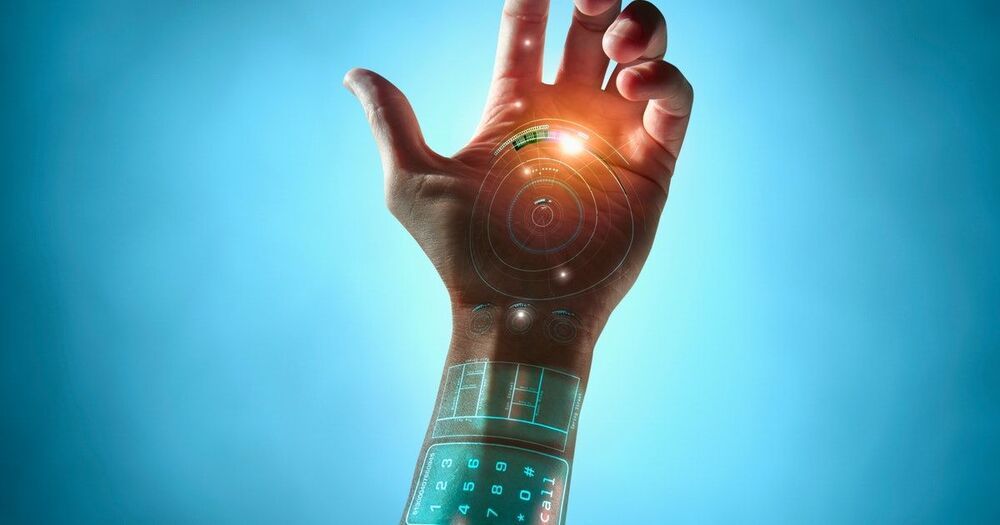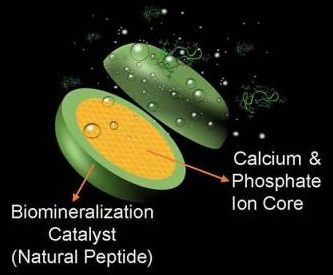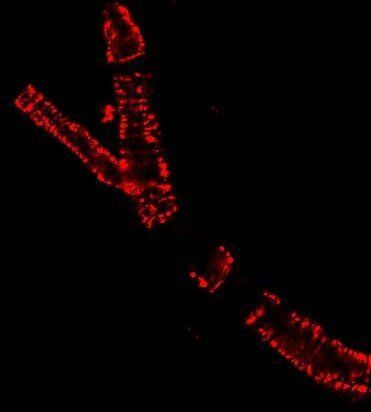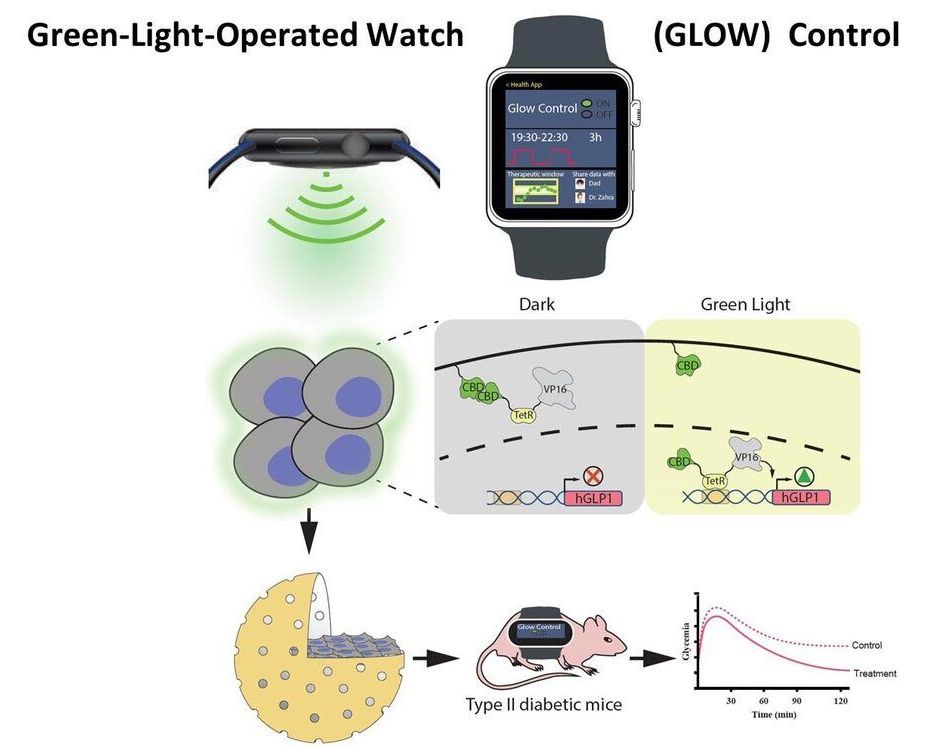Health, Equity, And Economic Growth — Dr. Helene Gayle, MD, MPH, President and CEO, The Chicago Community Trust.
Dr. Helene D. Gayle, MD, MPH, is President and CEO of The Chicago Community Trust (CCT), one of the nation’s oldest and largest community foundations, and under her leadership, CCT has adopted a new strategic focus on closing the racial and ethnic wealth gap in the Chicago region.
An expert on global development, humanitarian, and health issues, for almost a decade, Dr. Gayle was president and CEO of CARE, a leading international humanitarian organization, and prior to that spent 20 years with the U.S. Centers for Disease Control, working primarily on HIV/AIDS. She also worked at the Bill & Melinda Gates Foundation, directing programs on HIV/AIDS and other global health issues.
Dr. Gayle serves on public company and nonprofit boards, including The Coca-Cola Company, Organon, Palo Alto Networks, Brookings Institution, Center for Strategic and International Studies, New America, ONE Campaign, Federal Reserve Bank of Chicago, and Economic Club of Chicago. She is a member of the American Academy of Arts and Sciences, Council on Foreign Relations, American Public Health Association, National Academy of Medicine, National Medical Association, and American Academy of Pediatrics.
Dr. Gayle was awarded the Chicago Mayor’s Medal of Honor for her work on COVID relief and recovery for the city. Named one of Forbes’ “100 Most Powerful Women” and one of Non Profit Times’ “Power and Influence Top 50,” she has authored numerous articles on global and domestic public health issues, poverty alleviation, gender equality, and social justice.







